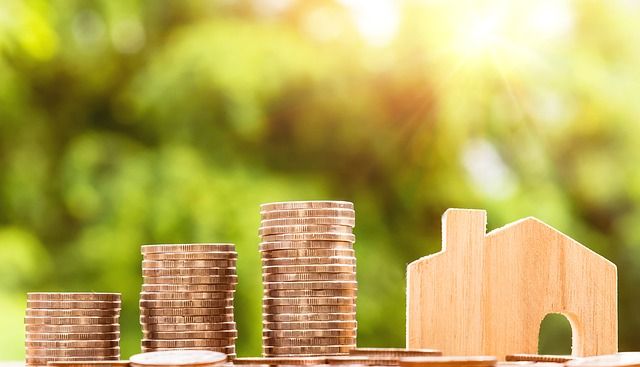
The 2017 6.3 percent uptick was the sharpest increase since June of 2014, according to the S&P Corelogic Case-Shiller national home price index. That put the increase in housing costs ahead of wage and inflation growth.
The factors feeding into the jump in housing costs are complex. Although a general upswing in the economy is making home ownership possible for more Americans, fewer people are putting their homes on the market, often because of the rise in replacement homes. Higher mortgage rates also discourage many families from making an upgrade. The number of homes for sale in January 2018 was the lowest for that month since records were begun in 1999.
Volatility in the stock market is causing some nervousness in the housing market as well, according to S&P experts.
Since the low point in the housing bust related to the 2007-08 recession, home prices have leaped 62 percent, according to the Case-Shiller Index. In the same period, the inflation increase has been just 12.4 percent.
Mortgage interest rates are climbing. By historic standards, the current 4.4 percent on a 30-year mortgage is low, but it still is up by .4 percent since the beginning of the year. Sharp interest increases tend to slow sales.
The slowdown in sales may put some brakes on the rate of price appreciation, and that could encourage some homeowners to list their properties in anticipation of the problem escalating.
Unseasonably cold weather this winter may have slowed sales across the board. Existing home sales dropped in January by the greatest percentage in three years, and new home sales also fell.